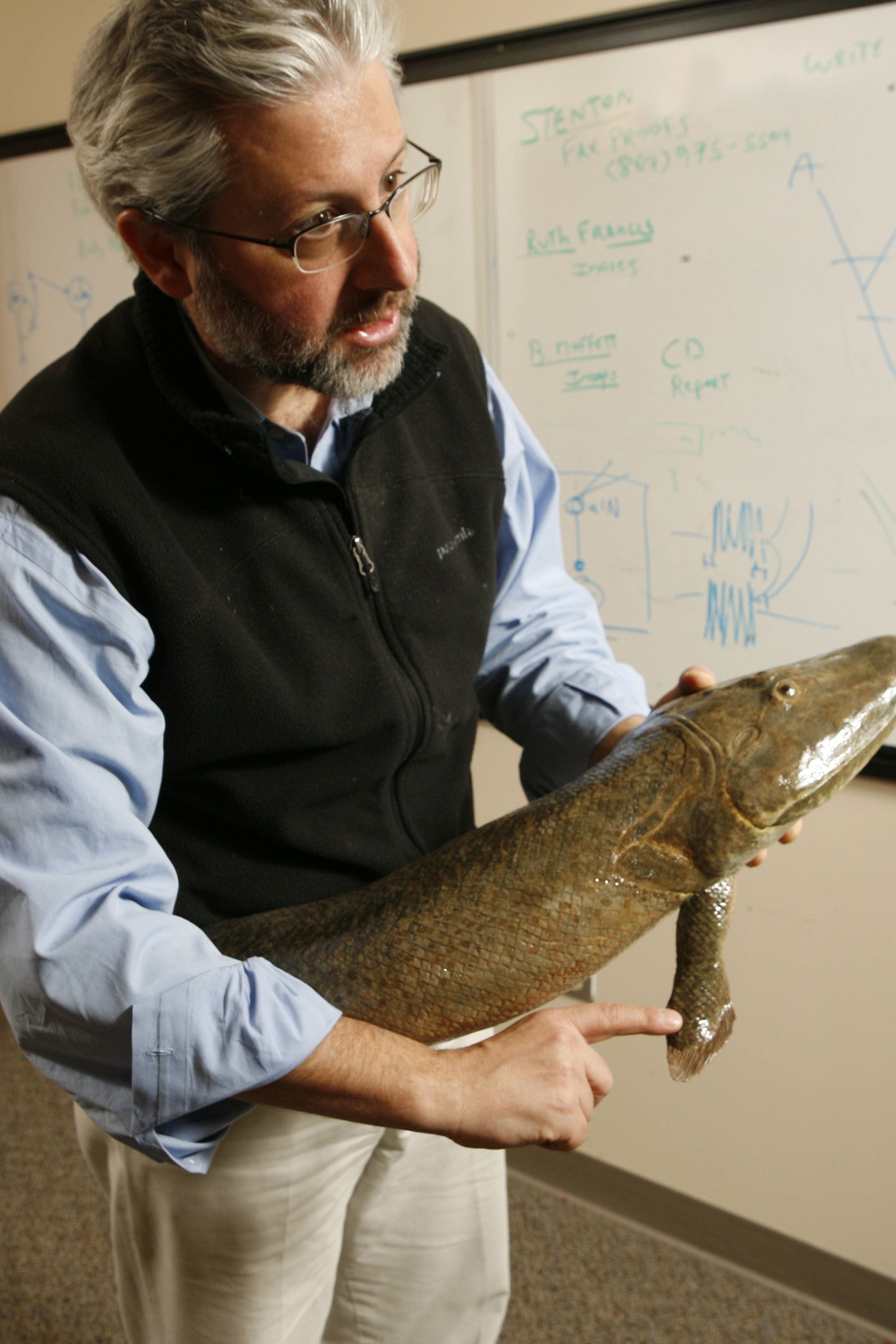
In 2006, Shubin and his team of paleontologists found the fossil Tiktaalik roseae, which offered a possible intermediary form between fish and land animals because of its small primitive legs and flexible neck. Contemporary scientists look less towards individual links and more towards shared evolutionary pathways, by going back to the fossil record and the genetic information of modern-day animals. For decades, scientists focused on finding the mythical “missing link” that proves that species evolved from shared ancestral forms. The National Academy of Sciences voted to accept evolution as scientifically sound and begin teaching it in schools in 1998. With evolution, science seems to come into conflict with the religious belief in creationism or “Intelligent Design”-the idea that God created each animal fully formed, rather than there being a long process of mutation and adaptation to the environment. The debate over evolution has been a controversial subject in America, with new opposition to the idea in the 20th and 21st centuries. Though Darwin’s version of evolution (closer to what is now known as natural selection) is now widely accepted, the specific mechanics of how a species would evolve or adapt enough to be deemed a distinctly new species are still in question. The theory of evolution is often credited to Charles Darwin, based on his research about animals in the Galapagos in 1858. He published his second popular science book in 2013, titled The Universe Within, that traces elements’ paths from stars to fossils. Shubin has published numerous articles in scientific journals regarding his research on fossils like Tiktaalik, the embryonic development of salamanders, and gene expression in fish fins.

Shubin was elected into the National Academy of Sciences in 2011, and he now works as a professor at the University of Chicago, focusing his research on limb development. Since then, Shubin helped produce a television show under the same name to bring contemporary science topics into the classroom.

This discovery catapulted Shubin into the public eye, as he was named ABC News’ “person of the week,” gave several interviews about the fossil, and wrote Your Inner Fish to help educate the public about scientific topics. In 2006, Shubin and his team found the fossil Tiktaalik roseae, an important intermediary form between fish and land animals. in organismic and evolutionary biology from Harvard in 1987.


 0 kommentar(er)
0 kommentar(er)
